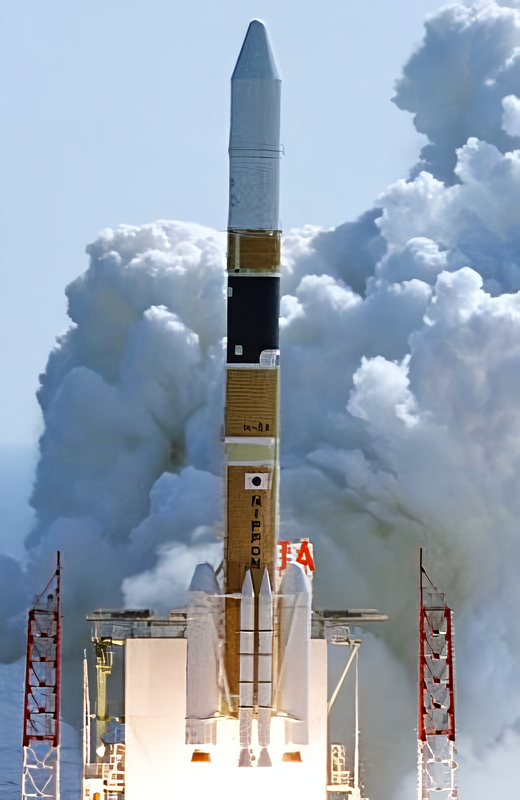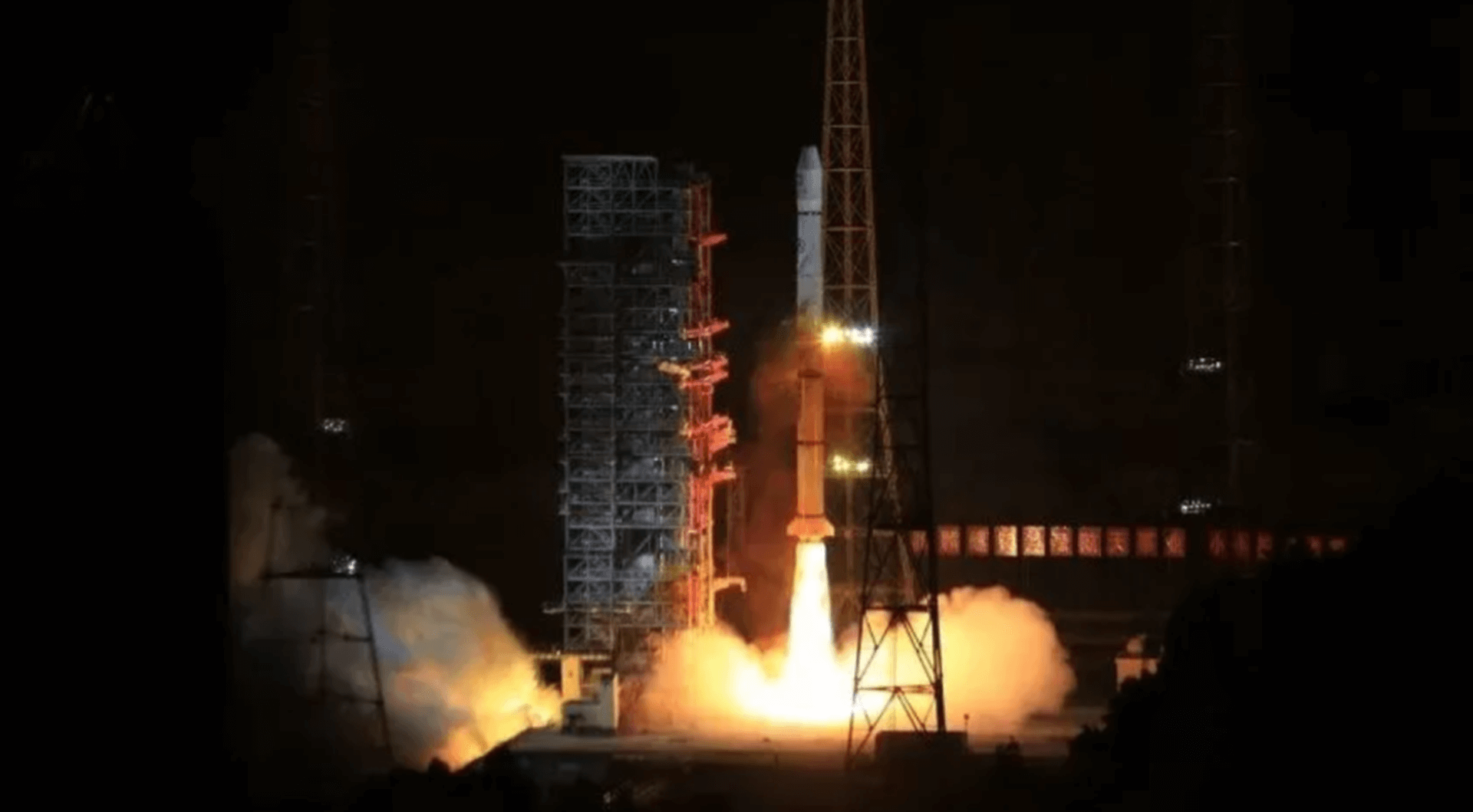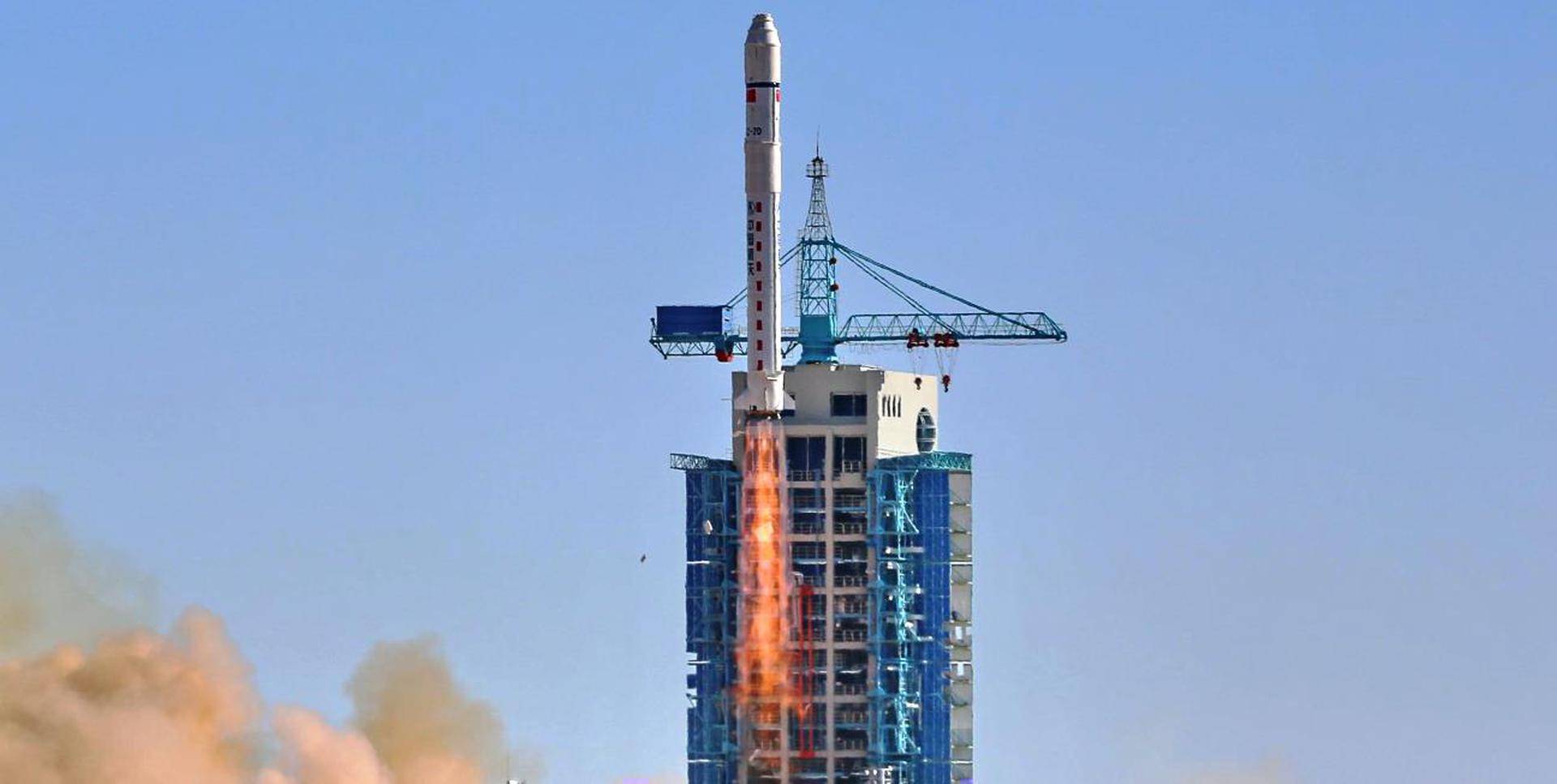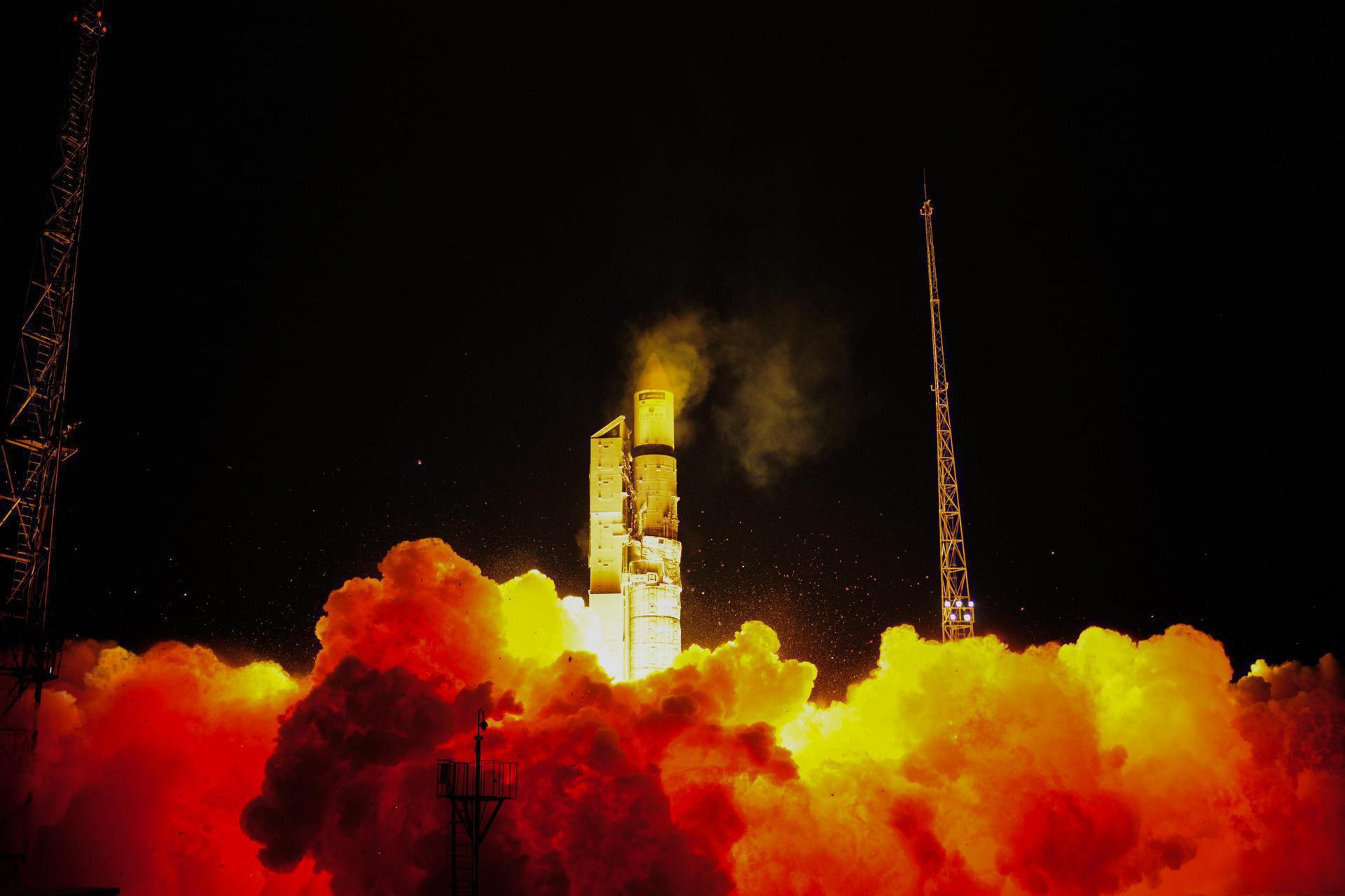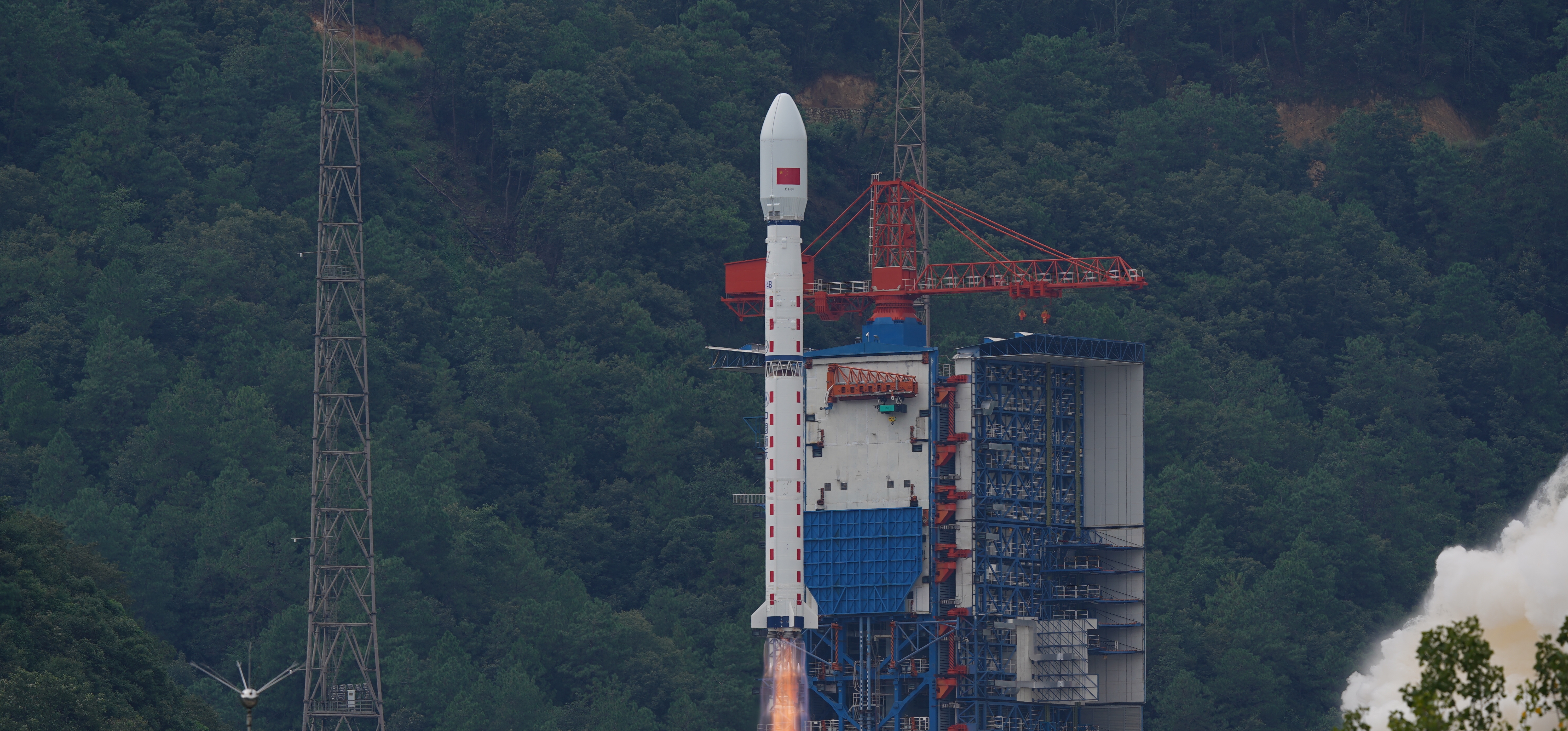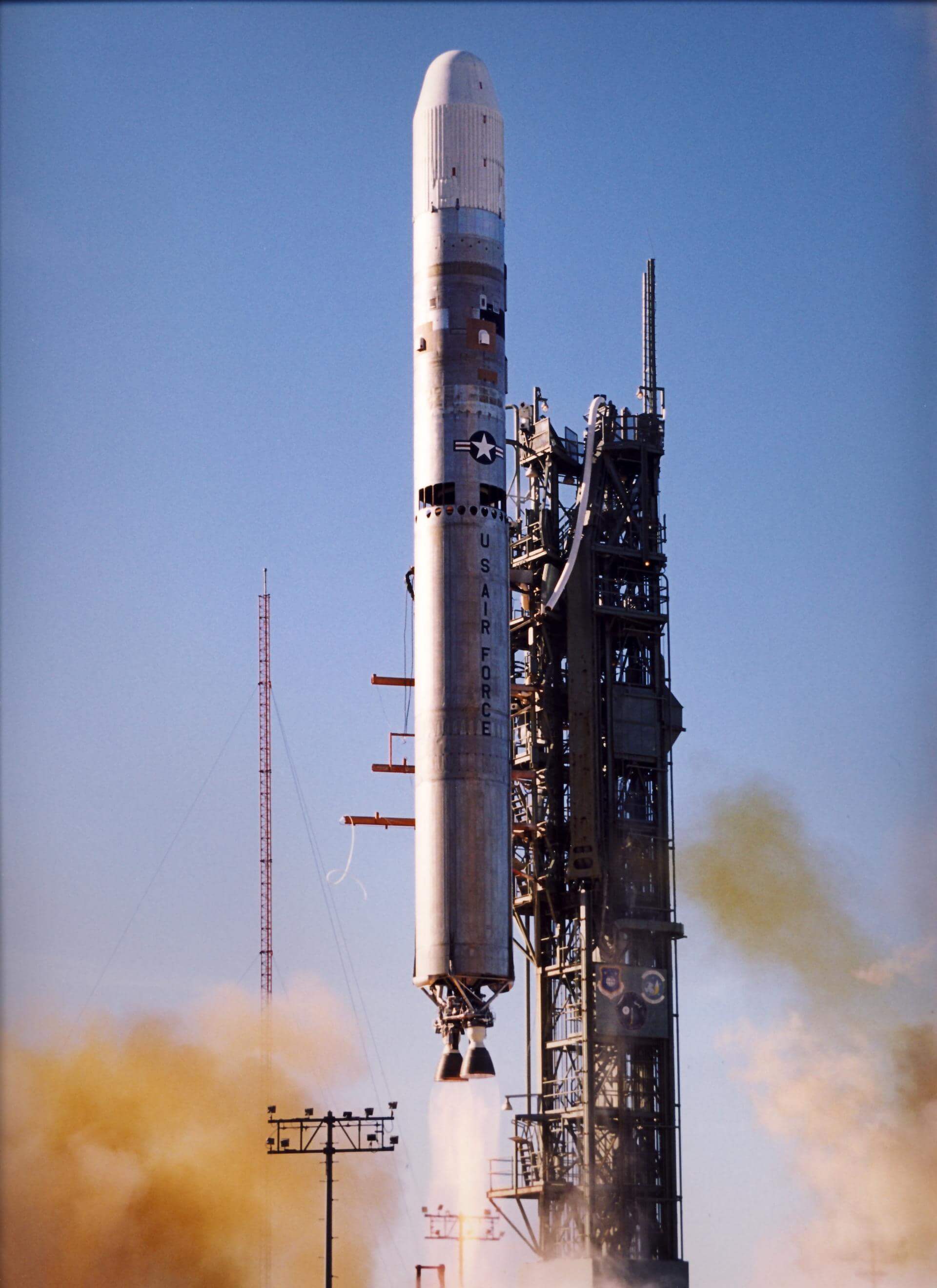Previous Spaceflight Launches
Filter by Agency, Locations or Vehicles
Show All LaunchesProton-K/Briz-M | Uragan 83, 84 & Uragan-M 2
Khrunichev State Research and Production Space Center | RussiaBaikonur Cosmodrome, Republic of Kazakhstan
Dec. 10, 2003, 5:42 p.m.
Strela | Gruzomaket
Khrunichev State Research and Production Space Center | RussiaBaikonur Cosmodrome, Republic of Kazakhstan
Dec. 5, 2003, 6 a.m.
Atlas IIAS | NROL-18
Lockheed Martin | United States of AmericaVandenberg SFB, CA, USA
Dec. 2, 2003, 10:04 a.m.
H-IIA 2024 | IGS Radar (2) & IGS Optical (2)
Mitsubishi Heavy Industries | JapanTanegashima Space Center, Japan
Nov. 29, 2003, 4:33 a.m.
Proton-K/DM-2M | Yamal-202
Khrunichev State Research and Production Space Center | RussiaBaikonur Cosmodrome, Republic of Kazakhstan
Nov. 24, 2003, 6:22 a.m.
Long March 3A | Zhongxing 20
China Aerospace Science and Technology Corporation | ChinaXichang Satellite Launch Center, People's Republic of China
Nov. 14, 2003, 4:01 p.m.
Long March 2D | Fanhui Shi Weixing (18)
China Aerospace Science and Technology Corporation | ChinaJiuquan Satellite Launch Center, People's Republic of China
Nov. 3, 2003, 7:20 a.m.
Rokot / Briz-KM | SERVIS-1
Russian Aerospace Defence Forces | RussiaPlesetsk Cosmodrome, Russian Federation
Oct. 30, 2003, 1:43 p.m.
Long March 4B | Zi Yuan 1-2
China Aerospace Science and Technology Corporation | ChinaTaiyuan Satellite Launch Center, People's Republic of China
Oct. 21, 2003, 3:16 a.m.
Titan II SLV | DMSP F-16
Lockheed Martin | United States of AmericaVandenberg SFB, CA, USA
Oct. 18, 2003, 4:17 p.m.



